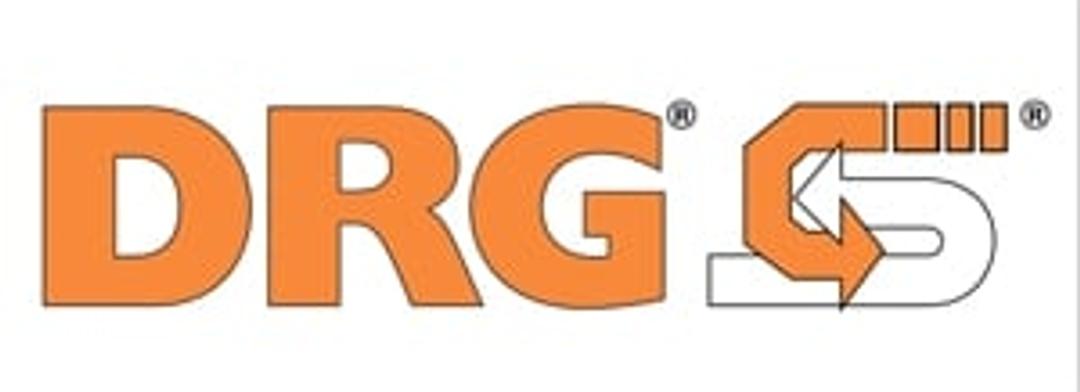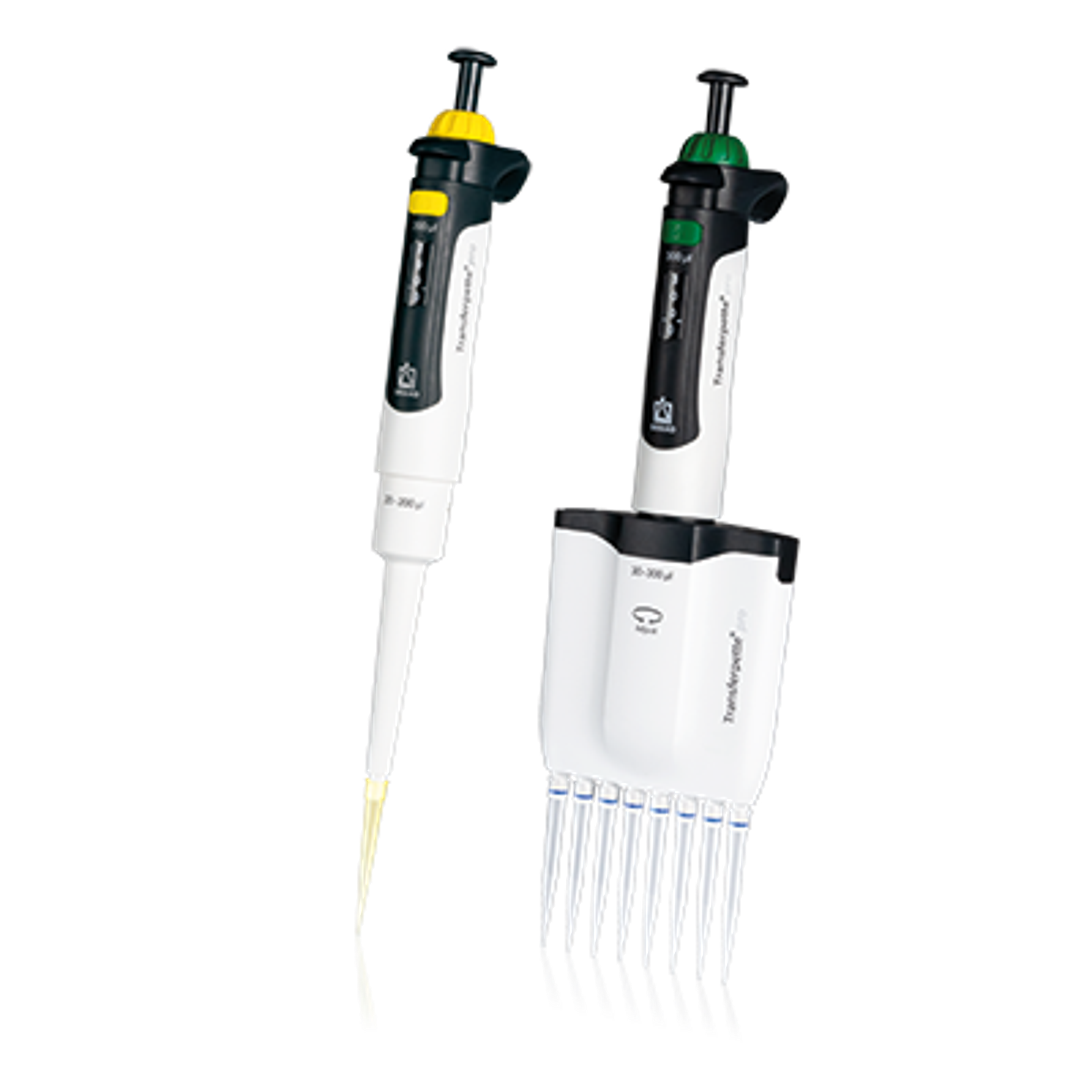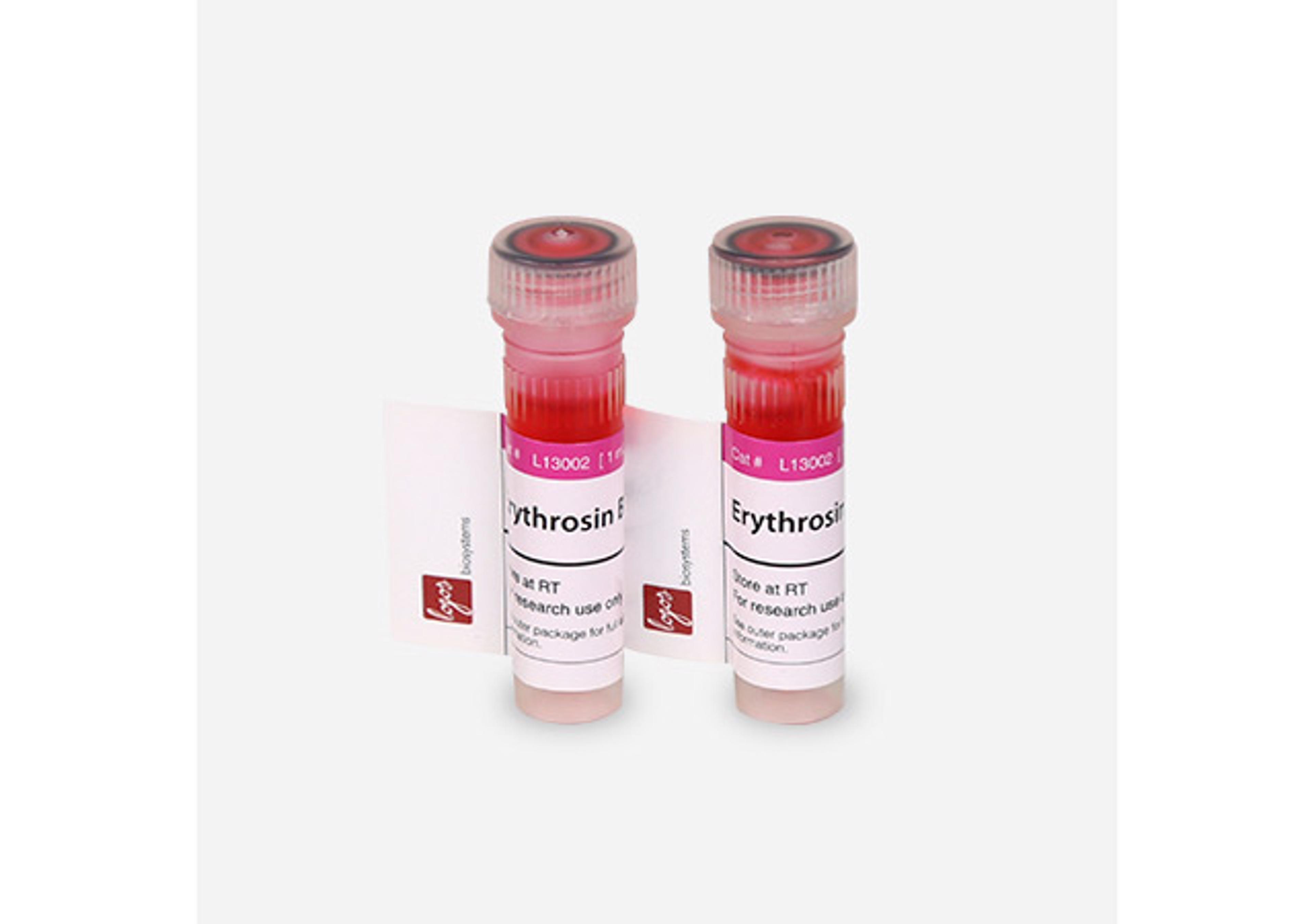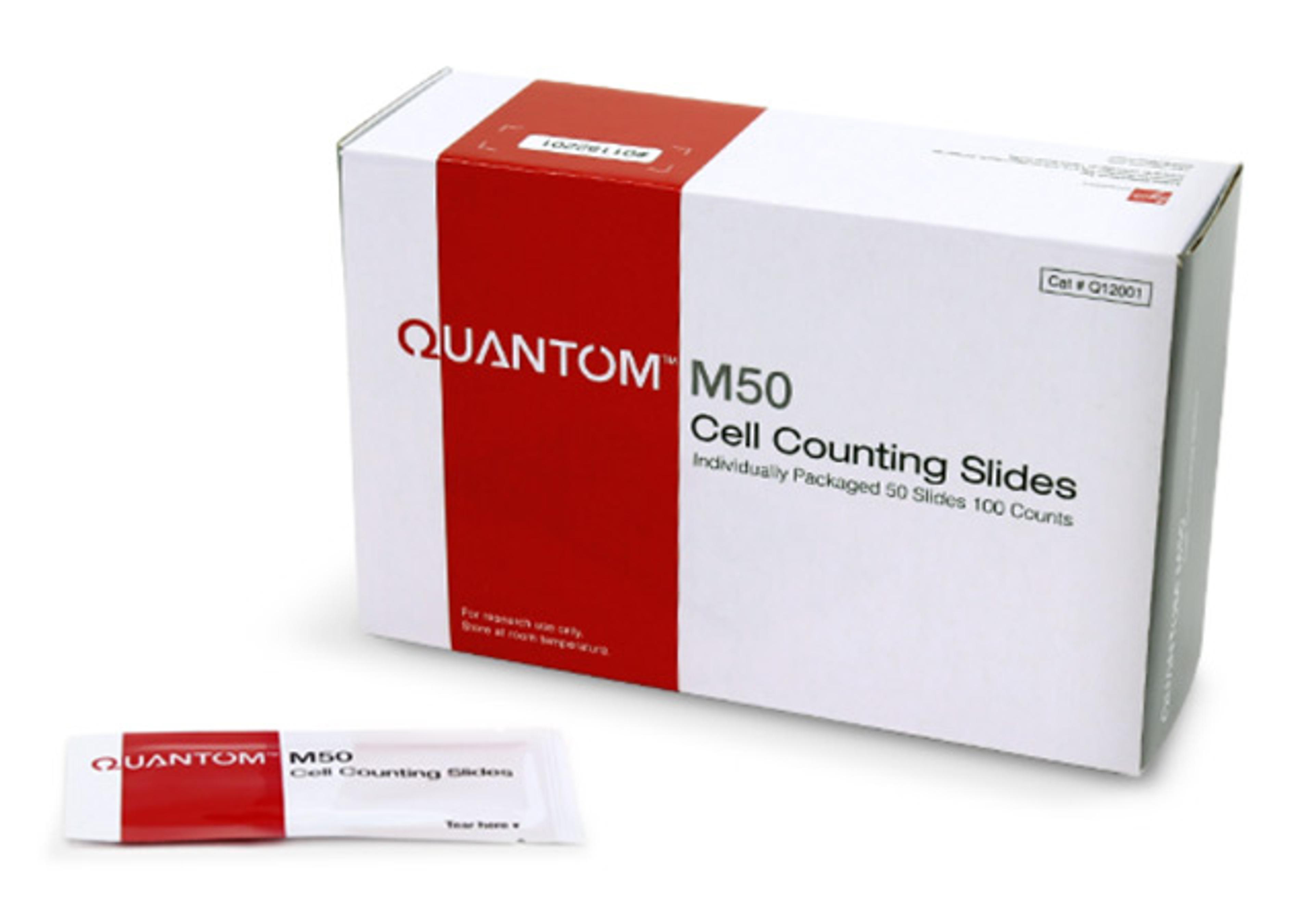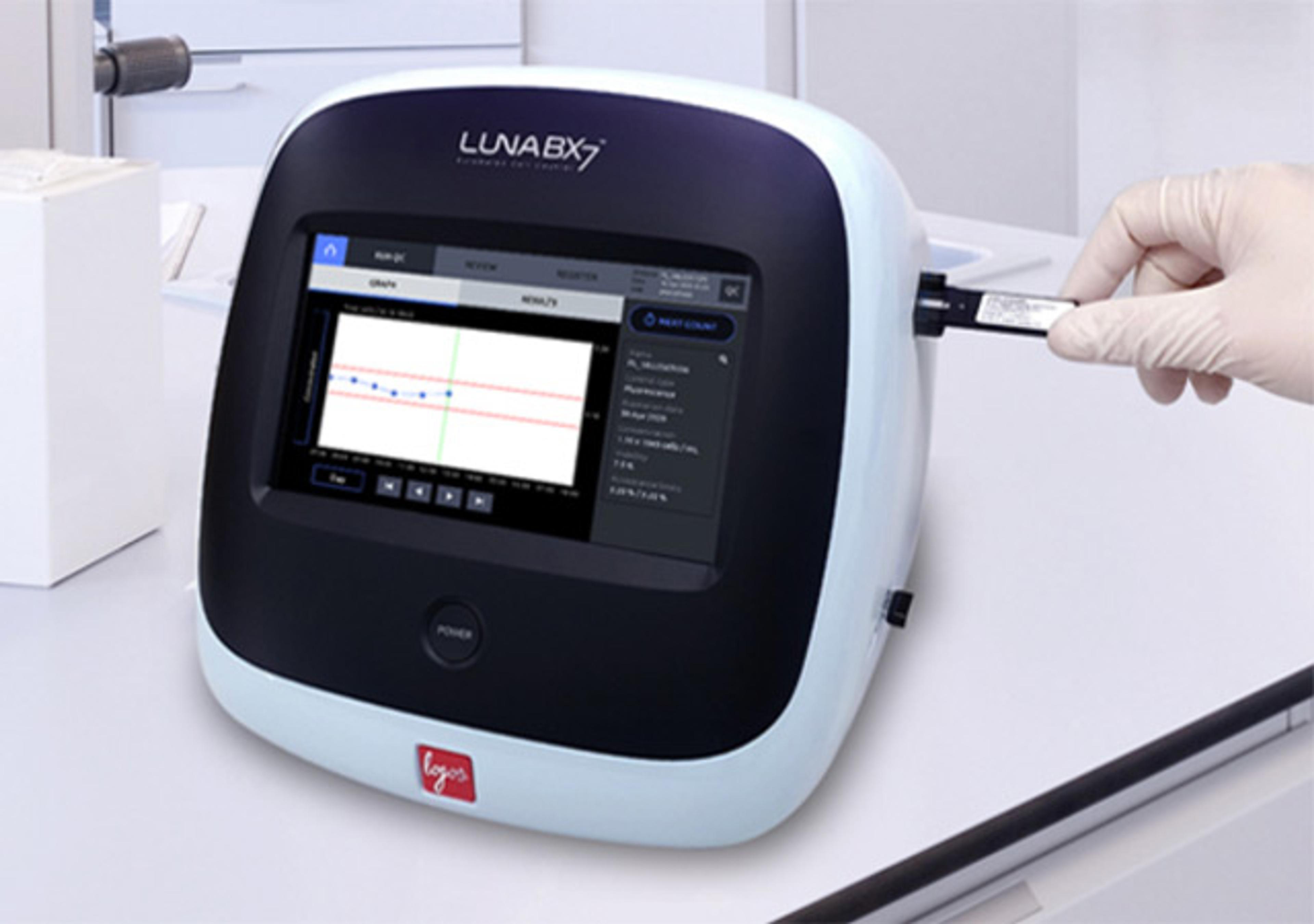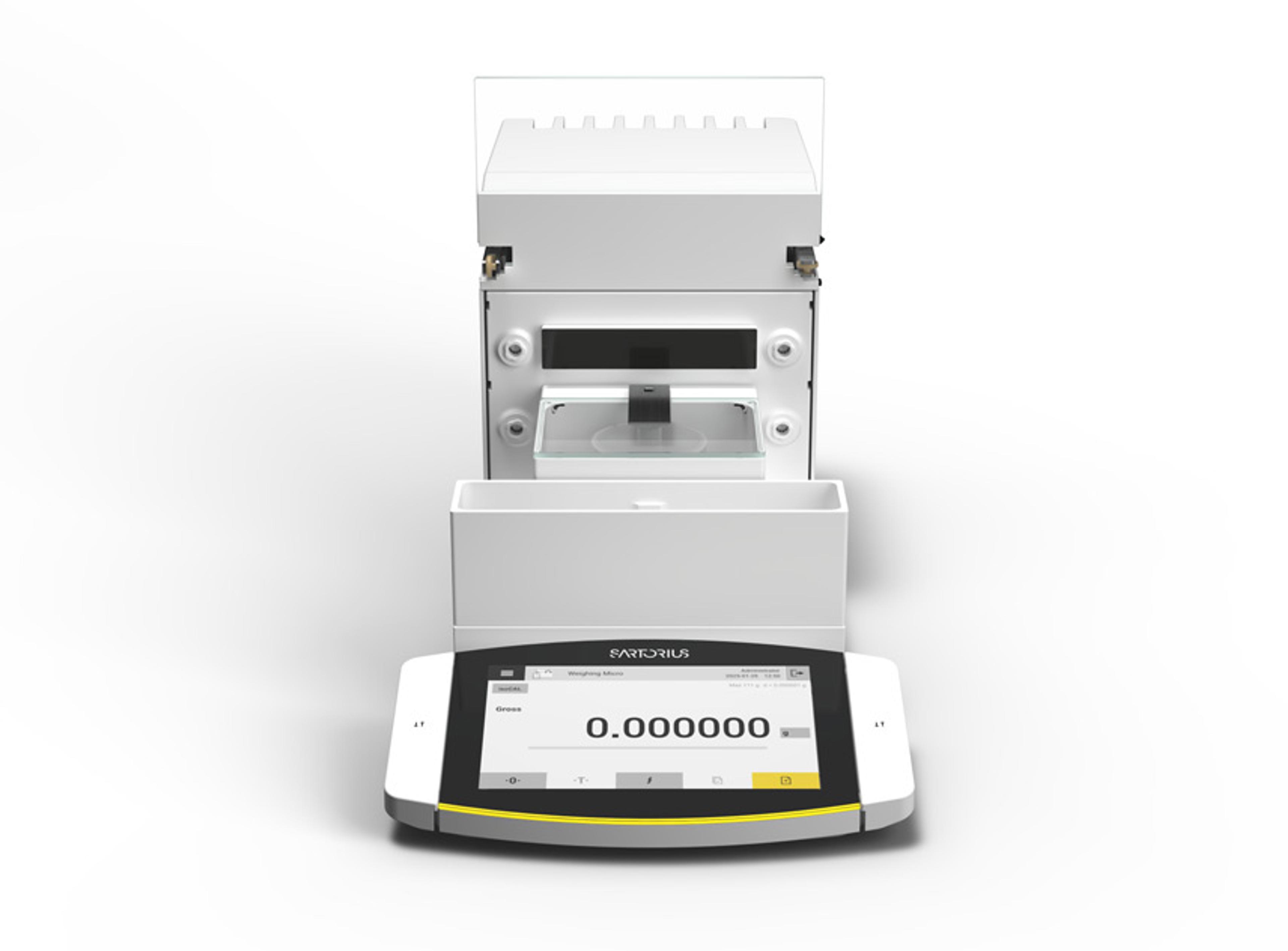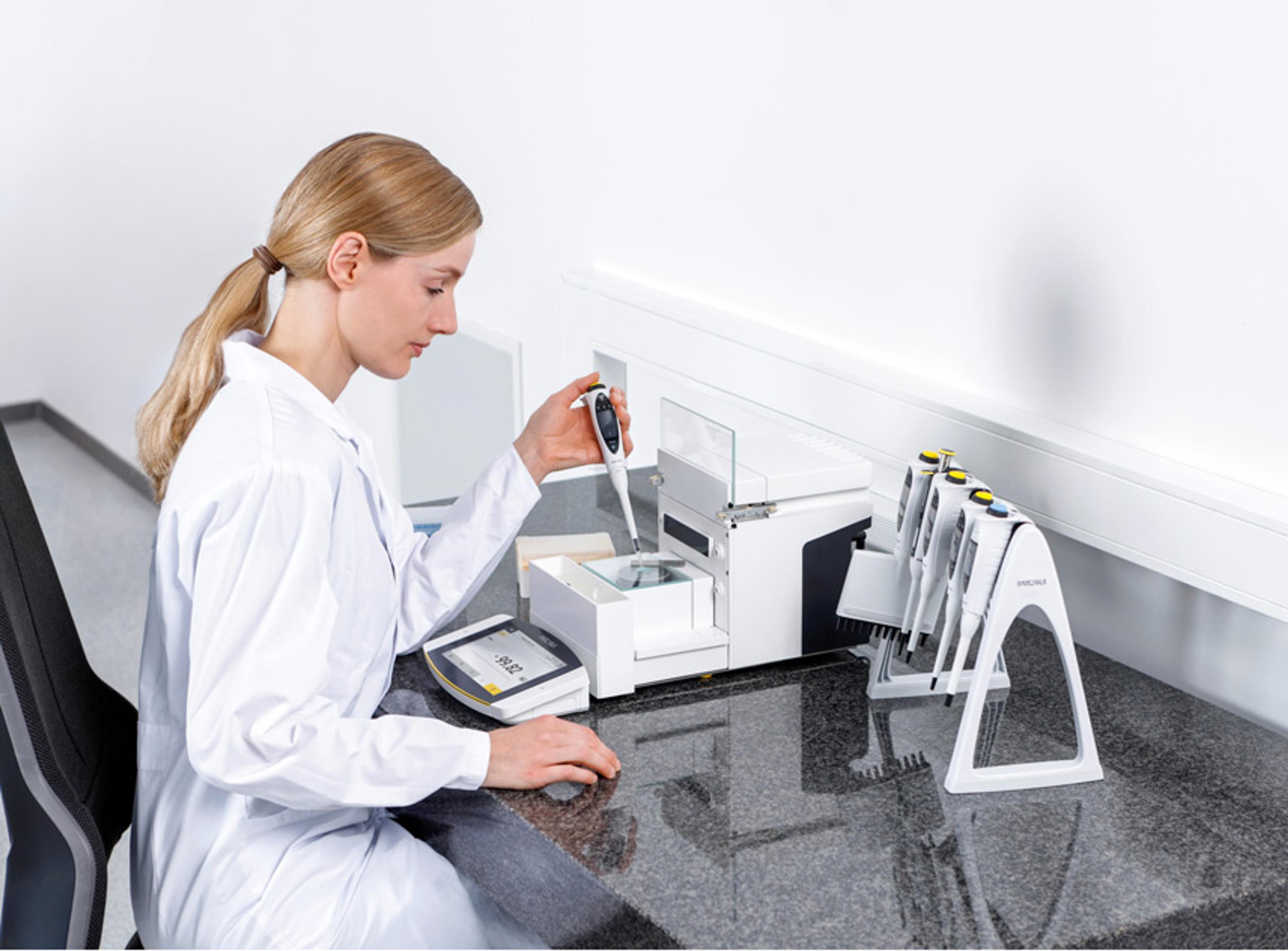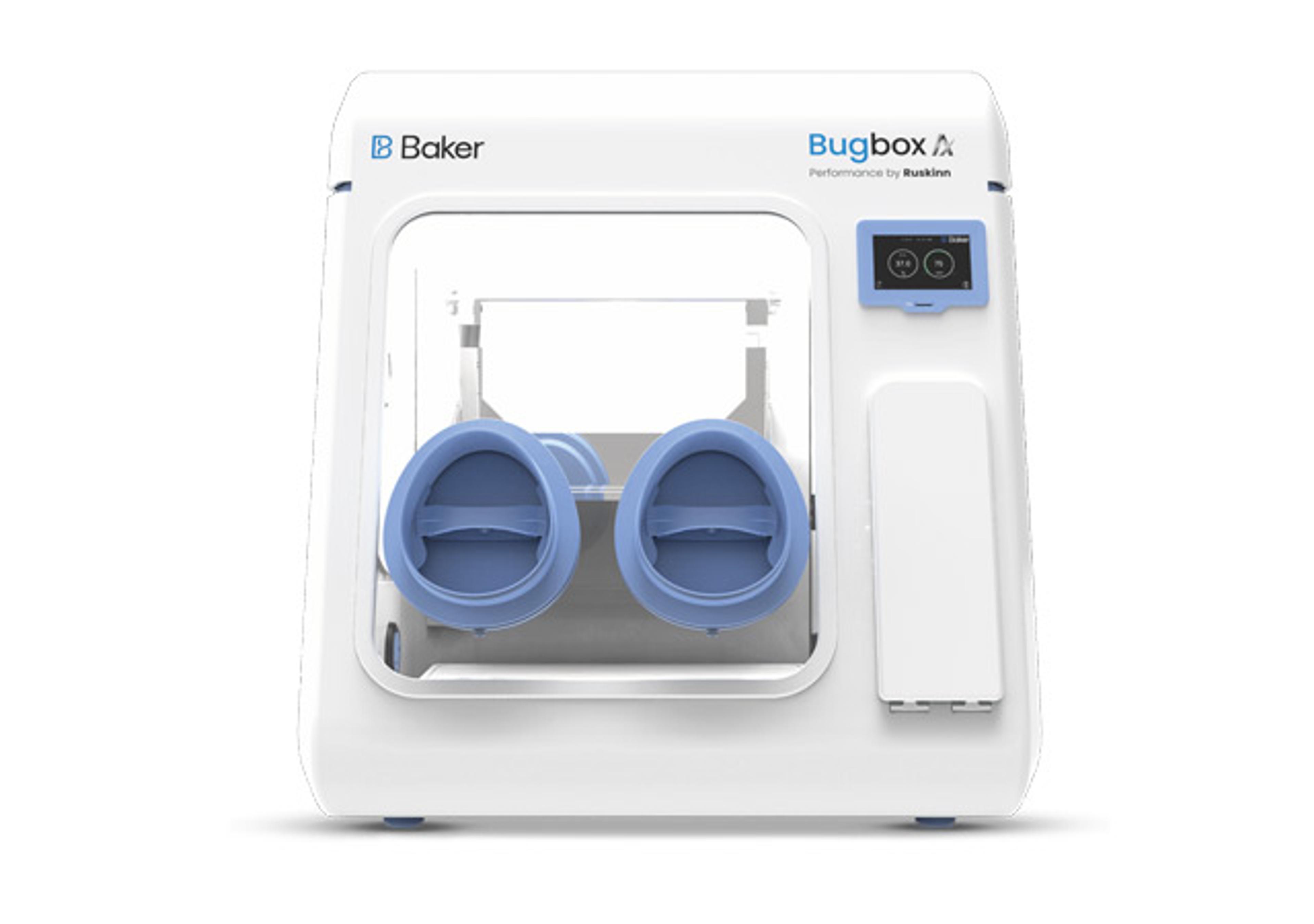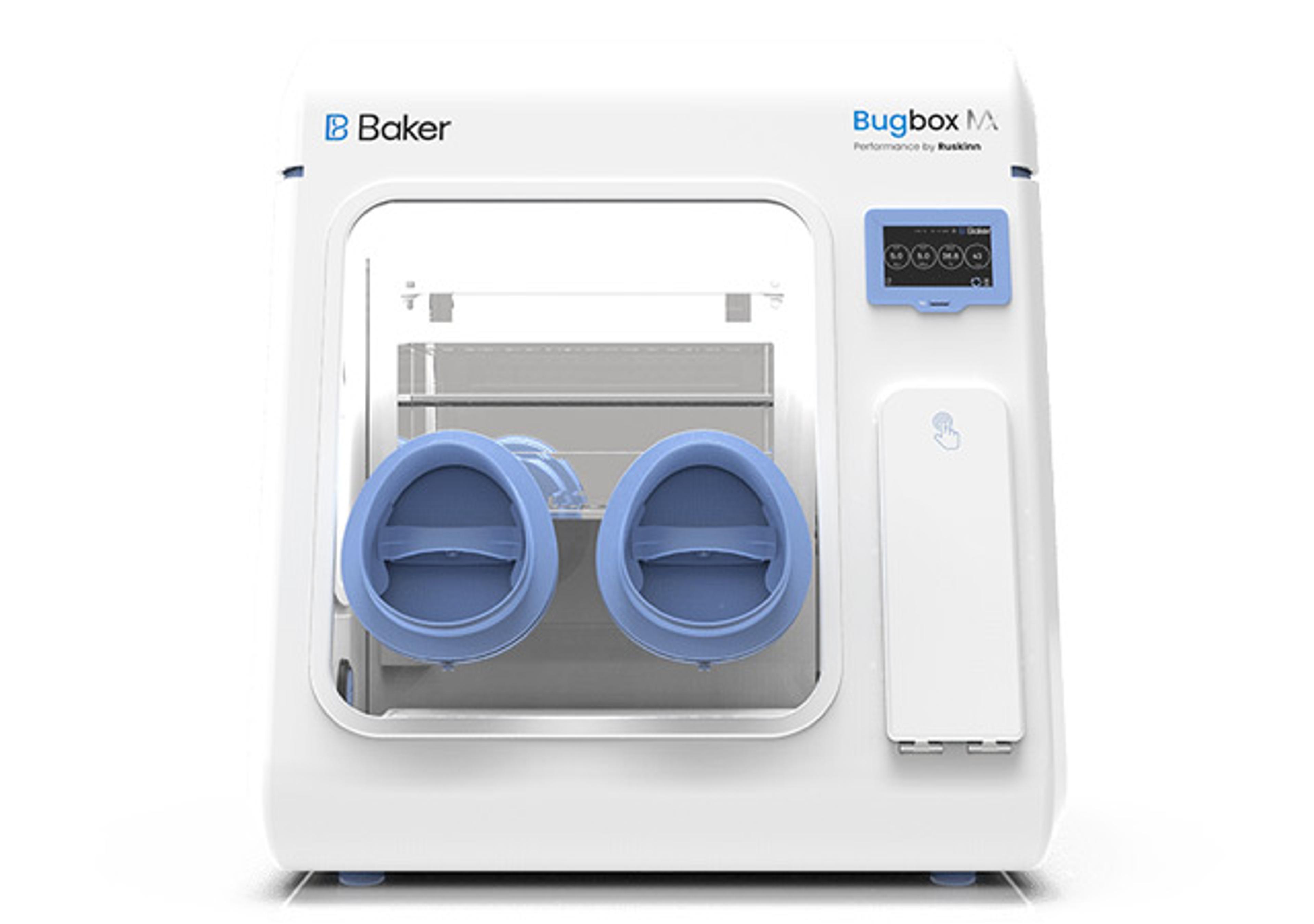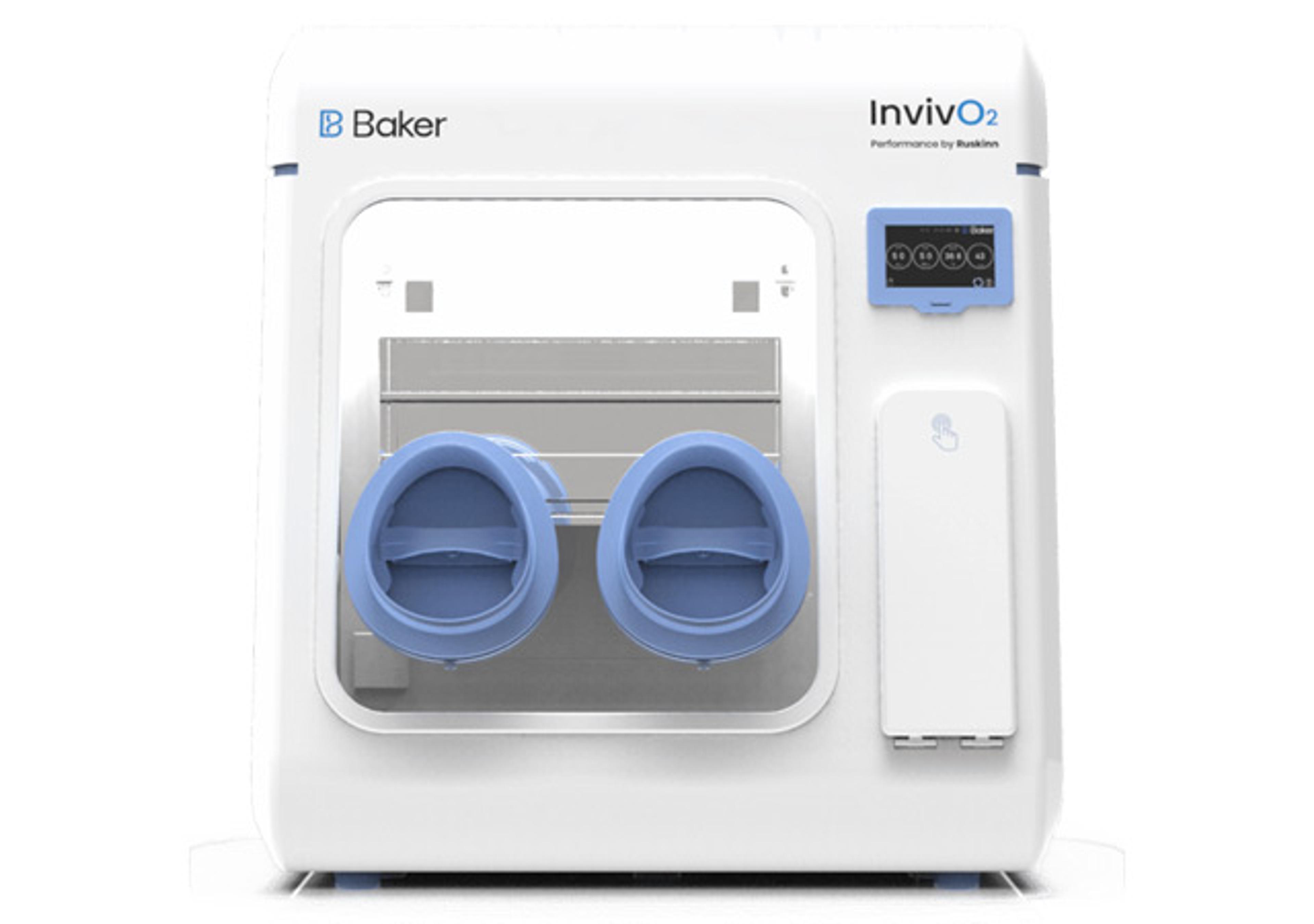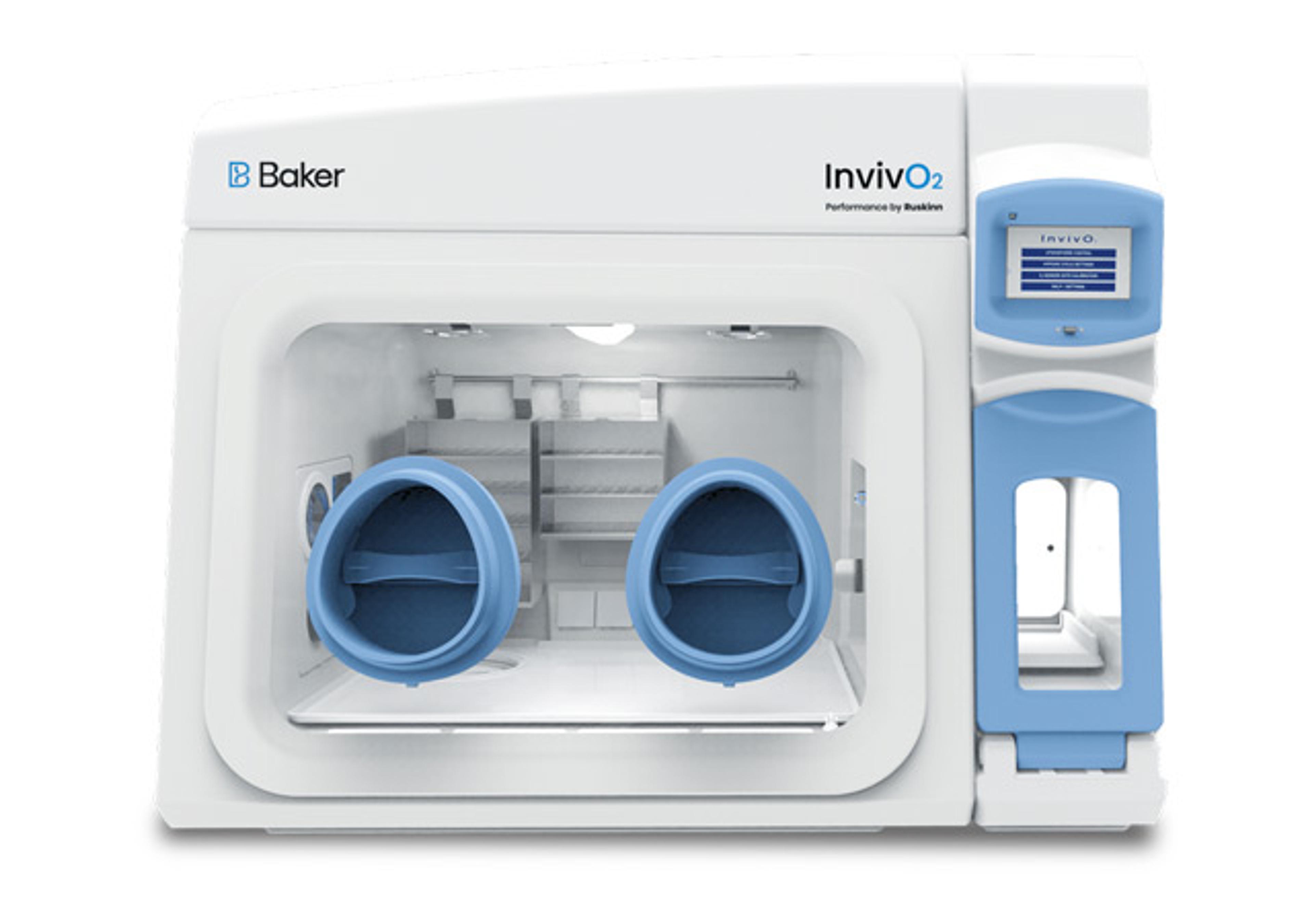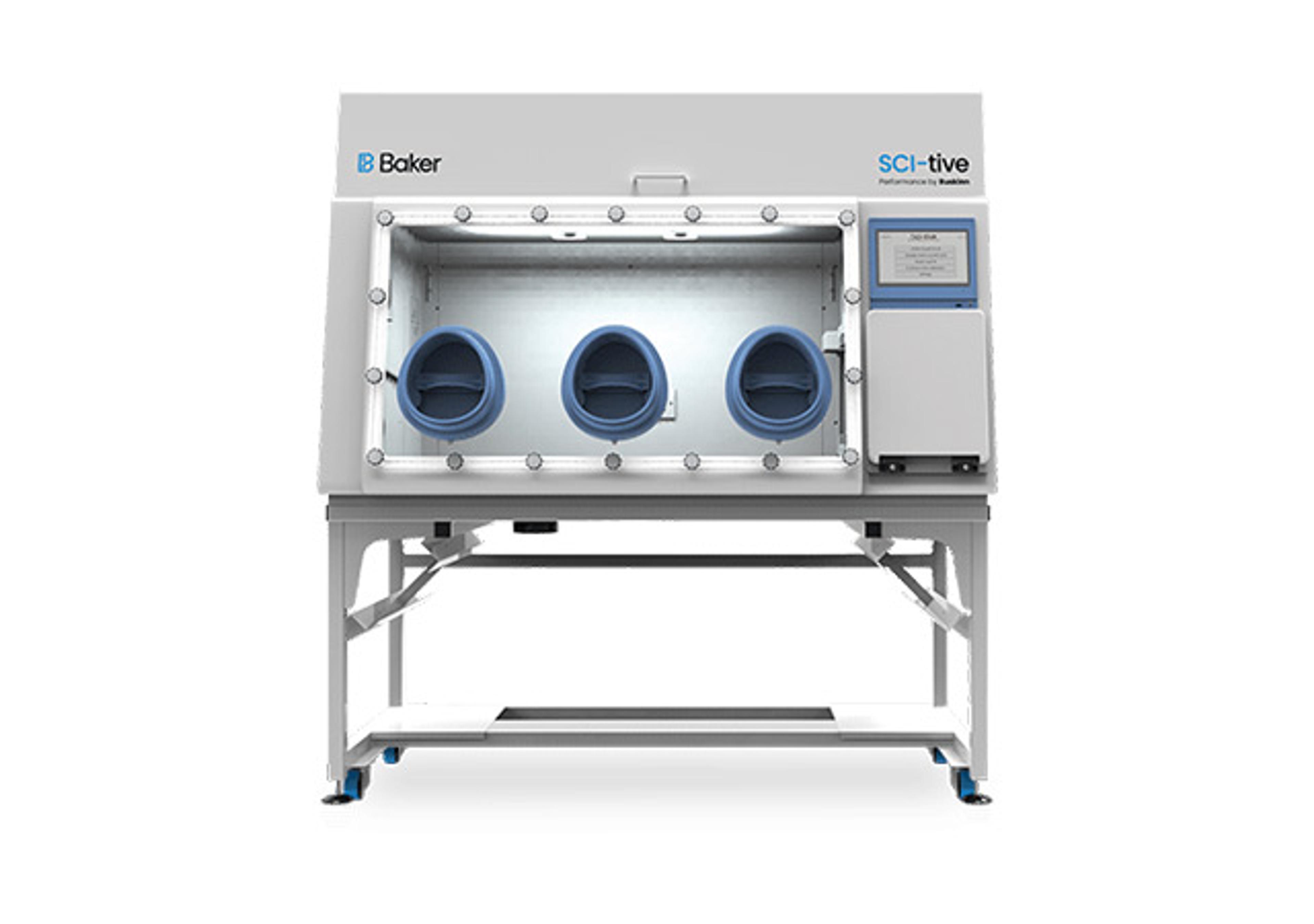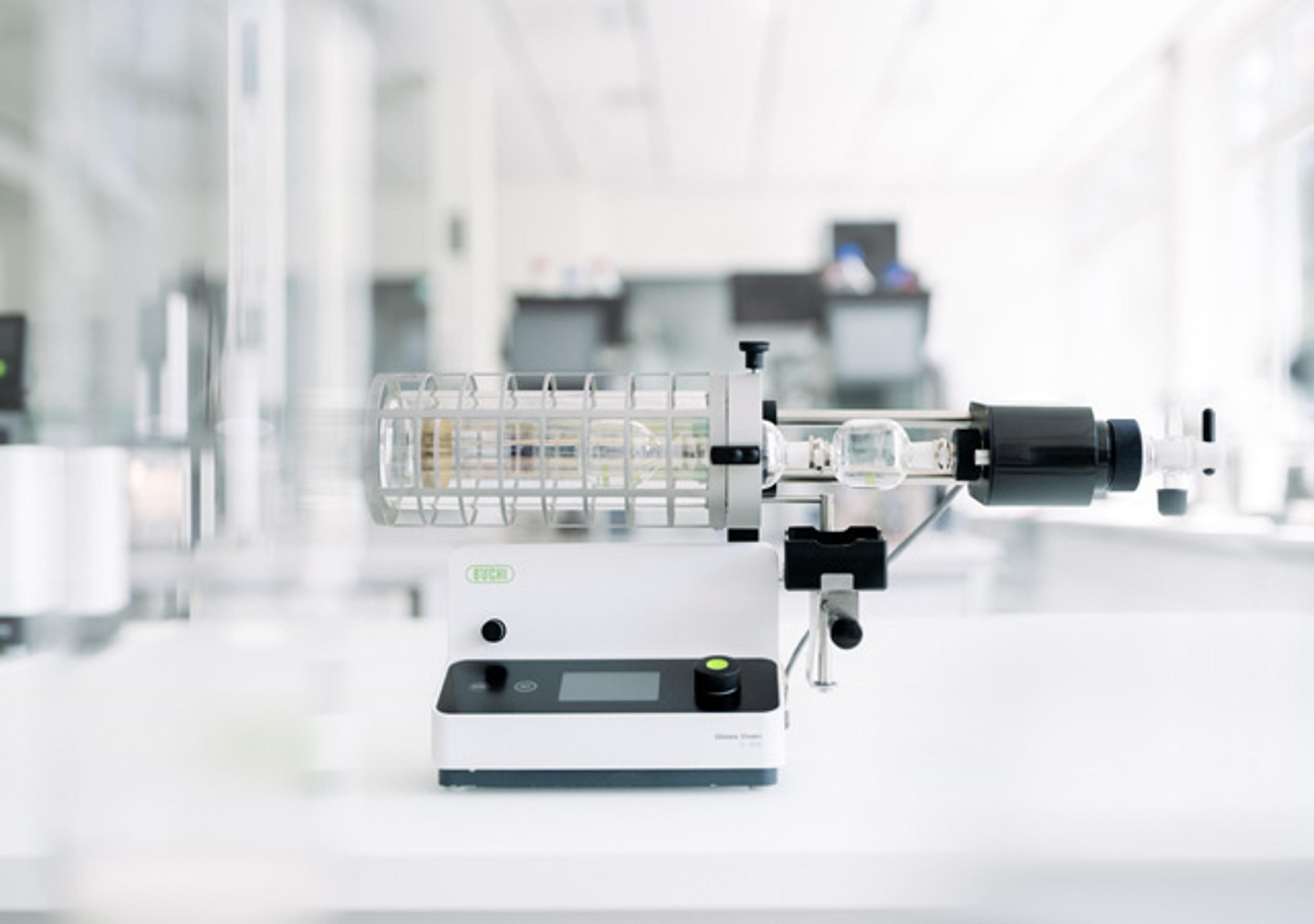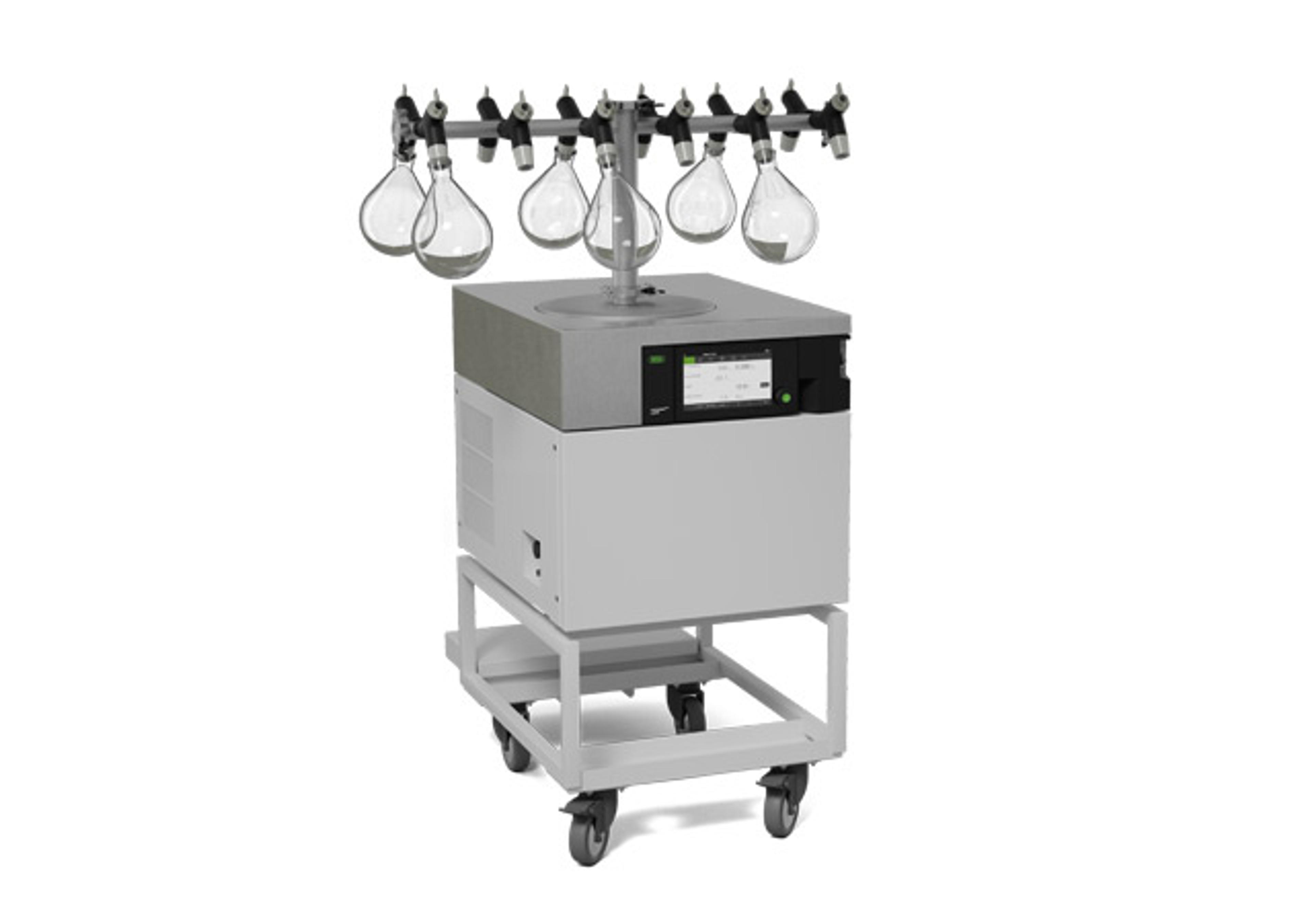Methadone
The QuickScreen One Step Methadone Screening Test is a rapid, qualitative immunoassay for the detection of Methadone in urine. The cutoff concentration for this test is 300 ng/ml. This assay is intended for professional use. This test provides only a preliminary test result. A more specific alternate testing method must be used in order to obtain aconfirmed analytical result. Gas chromatography/mass spectrometry (GC/MS) is the…

The supplier does not provide quotations for this product through SelectScience. You can search for similar products in our Product Directory.
The QuickScreen One Step Methadone Screening Test is a rapid, qualitative immunoassay for the detection of Methadone in urine. The cutoff concentration for this test is 300 ng/ml. This assay is intended for professional use. This test provides only a preliminary test result. A more specific alternate testing method must be used in order to obtain aconfirmed analytical result. Gas chromatography/mass spectrometry (GC/MS) is the preferred confirmatory method. Other confirmation methods are available. Clinical consideration and professional judgment should be applied to any drug-of-abuse test results.Methadone is a synthetic opioid, clinically available in the US since 1947. It acts on the central nervous system and cardiovascular systems producing respiratory and circulatory depression. It also produces meiosis and increases the tone of smooth muscle in the lower gastrointestinal tract while decreasing the amplitude of contractions. Methadone is metabolized in the liver by N-demethylation to form the metabolites 2-Ethylidene-1,5-Dimethyl-3,3-Diphenylpyrrolidine (EDDP) and 2-Ethyl-5-Methyl-3,3-Diphenylpyrrolidine (EMDP). These and the parent drug undergo hydroxylation with subsequent conjugation with glucuronid acid. All areexcreted in bile and are the major products measured after methadone administration. Excretion rates vary from 5 to 50% of a dose in 24 hours, dependent on urine volume, pH, dosage and metabolism rate. Methadone is used clinically for treatment of severe pain and in treatment programs for morphine and heroin addiction. Urine-based screening tests for drugs of abuse range from complex analytical procedures to simple immunoassay tests. The sensitivity and rapidity of immunoassays have made them the most accepted method of preliminary screening for drugs of abuse in urine. This allows the laboratory to eliminate a large number of negative specimens and focus on the smaller number of initially positive samples.The QuickScreen One Step Methadone Screening Test is a competitive immunoassay that is used to screen for the presence of Methadone in urine. It is a chromatographic absorbent device in which drug or drug metabolites in a sample compete with drug/protein conjugate immobilized on a porous membrane for a limited number of antibody/dye conjugate binding sites. The test device employs a unique combination of monoclonal and polyclonal antibodies to selectively identify Methadone in urine with a high degree of confidence.In the procedure, urine is added to the test device’s “SAMPLE” well with the aid of a plastic transfer pipette. The urine is absorbed into the device by capillary action, mixes with the antibody / dye conjugate, and flows across the pre-coated membrane. When sample Methadone levels are below 300 ng/ml (the detection sensitivity of the test), antibody/dye conjugate binds to the drug/protein conjugate immobilized in the Test region (T) of the device. This produces a colored Test Band that, regardless of its intensity, indicates a negative result. When sample Methadone levels are at or above 300 ng/ml, the free drug in the sample binds to the antibody/dye conjugate, preventing the antibody/dye conjugate from binding to the drug/protein conjugate immobilized in the Test Region (T) of the device. This prevents the development of a distinct colored band, indicating a potentially positive sample. In either case, a colored Control Band is produced in the Control Region (C) by a non-specific antibody-dye/conjugate reaction. This band serves as a built-in quality control device that demonstrates antibody recognition and reactivity as well as confirmation that the test result is valid.

